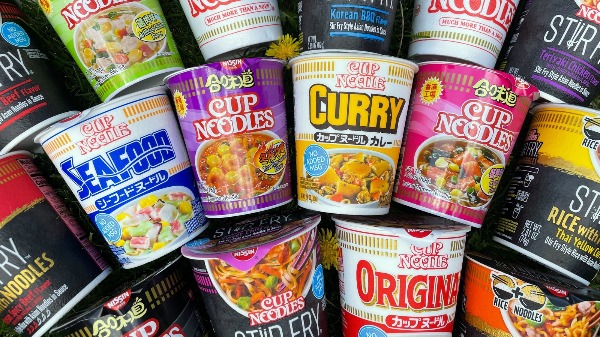Source: Link Testing Instruments Co.,Ltd.

Instant noodles are a common instant noodle. Currently, the main packaging methods include bags, barrels, and cups. Most of them are fried and non-fried. These two forms of instant noodles have low moisture content and are difficult to store in humid environments. In the process, the instant noodles are easy to become soft, and it also creates conditions for the reproduction of microorganisms, which can easily cause the noodles to become moldy. This requires that the packaging of instant noodles should have high moisture barrier properties to ensure that the noodles are in a dry environment. China is a major producer and seller of instant noodles. According to statistics, domestic instant noodles production accounts for 1/2 of the world's total production, and consumption accounts for 1/3 of the world's consumption. Especially during holidays and holidays when visiting relatives and traveling, barreled instant noodles can be seen almost everywhere. Such a large market provides a broad space for development for enterprises. However, if the above-mentioned quality problems such as softening and mildew occur during the shelf life of the product, the economic losses and impact on the enterprise will be immeasurable. Therefore, it is necessary to strengthen the testing of moisture-proof performance of instant noodle packaging.
Test methods and test instruments
At present, the water vapor transmission rate testing methods mainly include the cup method, electrolysis method, infrared method, and humidity method. This article uses the electrolysis method to test the water vapor transmission rate of the sample. The test is based on GB/T 21529-2008 "Plastic Films and Determination of Water Vapor Transmission Rate of Sheets "Electrolytic Sensor Method", this standard is suitable for rapid determination of water vapor transmission rate of plastic films, sheets and multi-layer structural materials containing plastics.
The test principle of the infrared moisture analysis sensor method: By analyzing the electrolysis current generated by electrolyzing water molecules, the water vapor transmission rate of the sample is calculated. The specific process is: the permeability cell of the equipment is divided into upper and lower test chambers, and the sample is clamped Between the two test chambers, the upper chamber is filled with nitrogen gas of a certain humidity, and the lower chamber is filled with dry nitrogen gas, so that a certain humidity difference is generated on both sides of the sample. Water vapor penetrates from the high humidity side through the sample to the low humidity side. The nitrogen carries the permeated water vapor to the electrolysis sensor. By analyzing the electrical signal generated by the electrolysis of water vapor in the electrolysis sensor, the amount of water vapor permeating through the unit area of the sample per unit time is calculated, that is, the water vapor transmittance.
Test samples and test process
Test sample: The test used instant noodle cups produced by a certain company as the test sample.
Experimental procedure:
1. Cutting samples: Use a special sampler to cut 3 pieces of samples from the surface of the instant noodle barrel sample to be tested, and clamp the samples on the 3 test cavities of the equipment respectively, and tighten the test cavities.
2. Test: Set the sample name, test temperature, test humidity and other parameter information, click the test option, and the test starts. Adjust the pressure of nitrogen so that the humidity in the test chamber reaches the set value, and use the nitrogen flow adjustment knob to make the nitrogen flow in the upper and lower chambers reach the standard specified value.
3. Results: During the test, the instrument automatically records the changes in water molecule content on the low-humidity side. After the test is completed, the test results are automatically calculated and displayed.
Test results and analysis
The water vapor transmission rates of the instant noodle barrel samples tested in this test were 10.336 g/(m2·24h), 10.806 g/(m2·24h), and 11.075 g/(m2·24h), with an average value of 10.739 g/( m2·24h).
For more details please visit www.linktesting.org